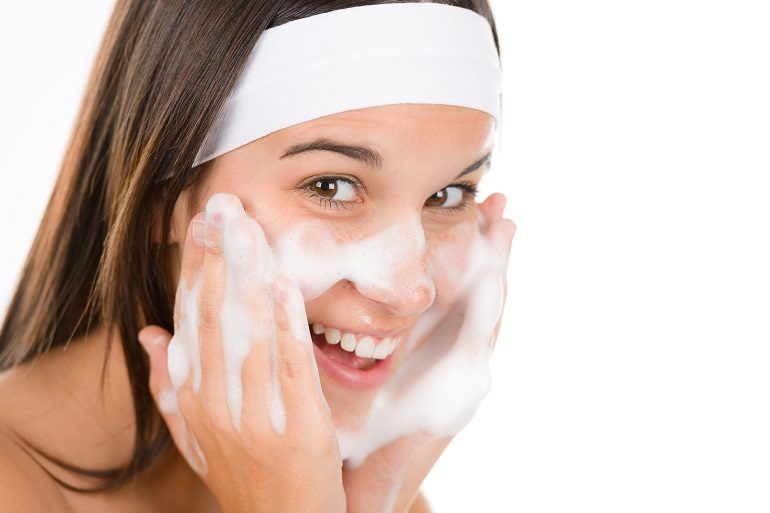How to Treat Hyperpigmentation: A Guide for Beauticians
As a beautician, understanding how to treat hyperpigmentation is crucial, as it is a common concern among clients seeking clearer, more even-toned skin. Hyperpigmentation is a condition where patches of skin become darker than the surrounding areas due to excess melanin production. This can be caused by various factors including sun exposure, hormonal changes, and inflammation. In this comprehensive guide, we will explore effective methods and best practices for treating hyperpigmentation.

Understanding Hyperpigmentation
Hyperpigmentation manifests as dark spots or patches on the skin, often resulting from sun damage, hormonal fluctuations, or post-inflammatory responses. Beauticians must recognize the underlying causes to tailor treatments effectively. By addressing the root cause, whether it be sun exposure or hormonal imbalance, you can provide a targeted approach to treatment.
Topical Treatments for Hyperpigmentation
Lightening Agents
Topical treatments, such as those containing hydroquinone, retinoids, and vitamin C, are popular choices for reducing hyperpigmentation. These ingredients work by inhibiting melanin production and promoting cell turnover. For instance, products containing vitamin C are known for their antioxidant properties and ability to brighten skin tone. Encouraging clients to use serums like these, particularly those with stable formulations, can enhance their skincare routine.
Exfoliation
Regular exfoliation helps remove dead skin cells and can improve the effectiveness of lightening agents. Chemical exfoliants, such as alpha hydroxy acids (AHAs) and beta hydroxy acids (BHAs), can be particularly effective. These ingredients help to dissolve the bonds between dead skin cells, revealing brighter, more even skin beneath.
For more insights on skincare tips, explore our detailed blog posts.
Advanced Treatments for Hyperpigmentation
Laser Therapy
Laser treatments target the melanin in the skin, helping to break down the pigment and reduce the appearance of dark spots. These treatments are effective but require a professional setting and should be performed by trained individuals. While results can be dramatic, it is important to manage client expectations and discuss potential side effects.
Chemical Peels
Chemical peels involve applying a chemical solution to the skin, which causes it to exfoliate and eventually peel off. The new skin is usually smoother and less pigmented. Chemical peels vary in strength, and it is essential to choose the appropriate type based on the client's skin type and the severity of hyperpigmentation.
For beauticians considering adding chemical peels to their services, check out this guide on building a skincare routine for more information.
Preventive Measures and Maintenance
Sun Protection
Sun exposure is a leading cause of hyperpigmentation. Encouraging clients to use broad-spectrum sunscreen daily is crucial. Sunscreen helps to prevent further pigmentation and protects against harmful UV rays. It's important to recommend sunscreens with an SPF of at least 30, which should be reapplied every two hours, especially if clients are spending time outdoors.
Consistent Skincare Routine
Maintaining a consistent skincare routine tailored to individual skin types can prevent the recurrence of hyperpigmentation. A routine that includes cleansing, exfoliating, and moisturizing can help keep skin healthy. For more details on creating effective routines, explore this article on fixing uneven skin tone.

Frequently Asked Questions
Can hyperpigmentation be permanently removed?
While some treatments can significantly reduce the appearance of hyperpigmentation, it may not be permanently removed. Continuous treatment and preventive measures are often necessary.
What is the best treatment for hyperpigmentation?
The best treatment varies depending on the cause and severity of the hyperpigmentation, as well as the individual's skin type. Consulting with a dermatologist or skincare professional is recommended for personalized advice.
How long does it take to see results from treatments?
Results can vary; some may see improvements in a few weeks, while others may take several months. It largely depends on the treatment method and the individual's skin response.
By understanding how to treat hyperpigmentation, beauticians can better serve their clients and provide effective solutions for achieving even and radiant skin. For more detailed skincare insights, you can visit this resource.
This article contains affiliate links. We may earn a commission at no extra cost to you.

